Section Nummulariopsis
Section Nummulariopsis represents a small group of erect herbaceous plants in the Southeastern US that appear superficially similar to the narrow-leafed species in sect. Alectoroctonum or like a small, linear-leafed species of subg. Esula. The group is more diverse in South America and is generally separated by the presence of calyx lobes at the base of the ovaries/fruits. This characteristic is difficult to use in the US species, and it is generally easier to compare these species to the members of sect. Alectoroctonum of the eastern United States (click here to see the guide to those species). Section Nummulariopsis belongs to subgenus Euphorbia, which is primarily an Old World subgenus. There are five taxa of sect. Nummulariopsis in the United States. Out of these, three are restricted to Florida.
Euphorbia inundata var. inundata
Differs from var. garrettii by its geography and broader leaves. iNaturalist observations.
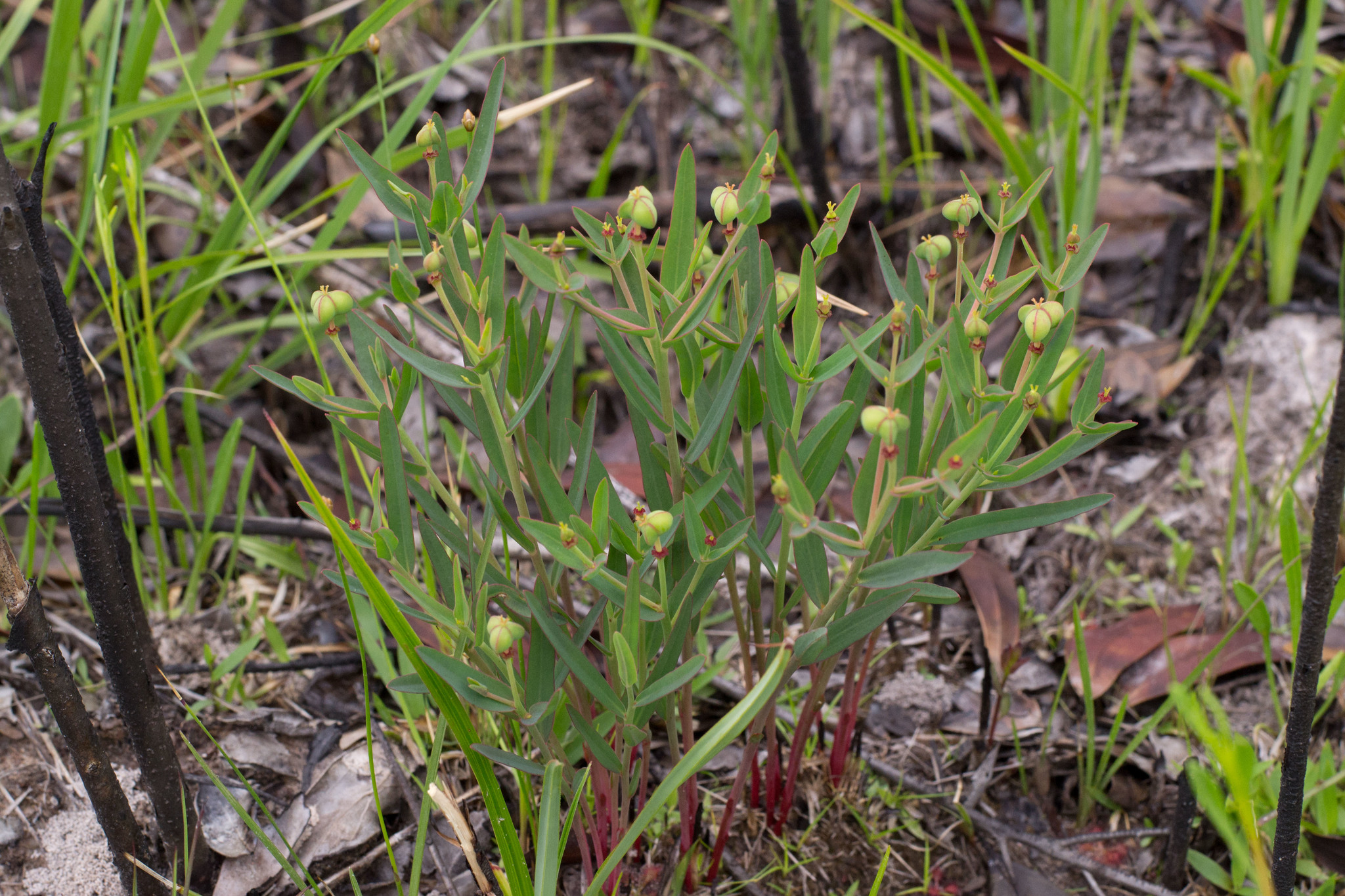
Photo credit: Lillie
Euphorbia inundata var. garrettii
Differs from var. inundata by its geography and narrower leaves. Restricted to the west-central part of the Florida peninsula. Photos and additional information can be found at Atlas of Florida Plants.

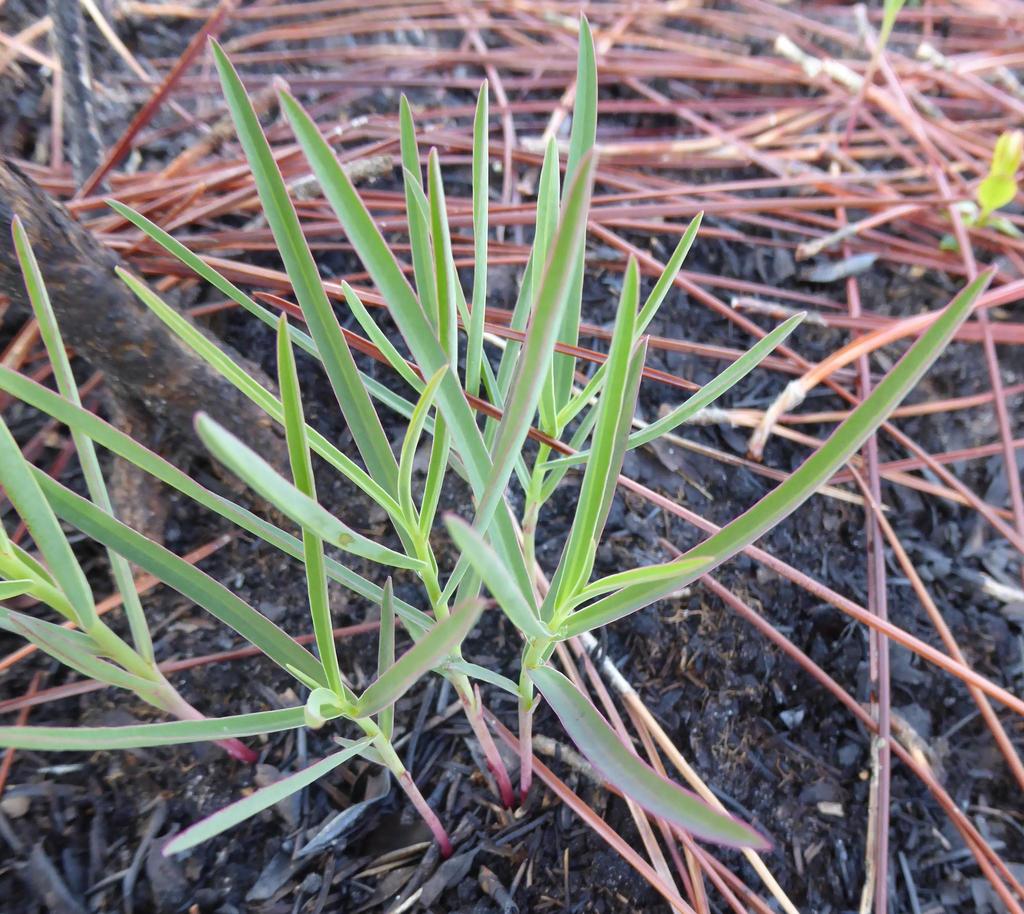
Photo credit: Edwin Bridges
Euphorbia floridana
Leaves narrow like E. inundata. Differs from E. inundata by its errose gland edges, shorter pedicels, and seed characteristics. iNaturalist observations.
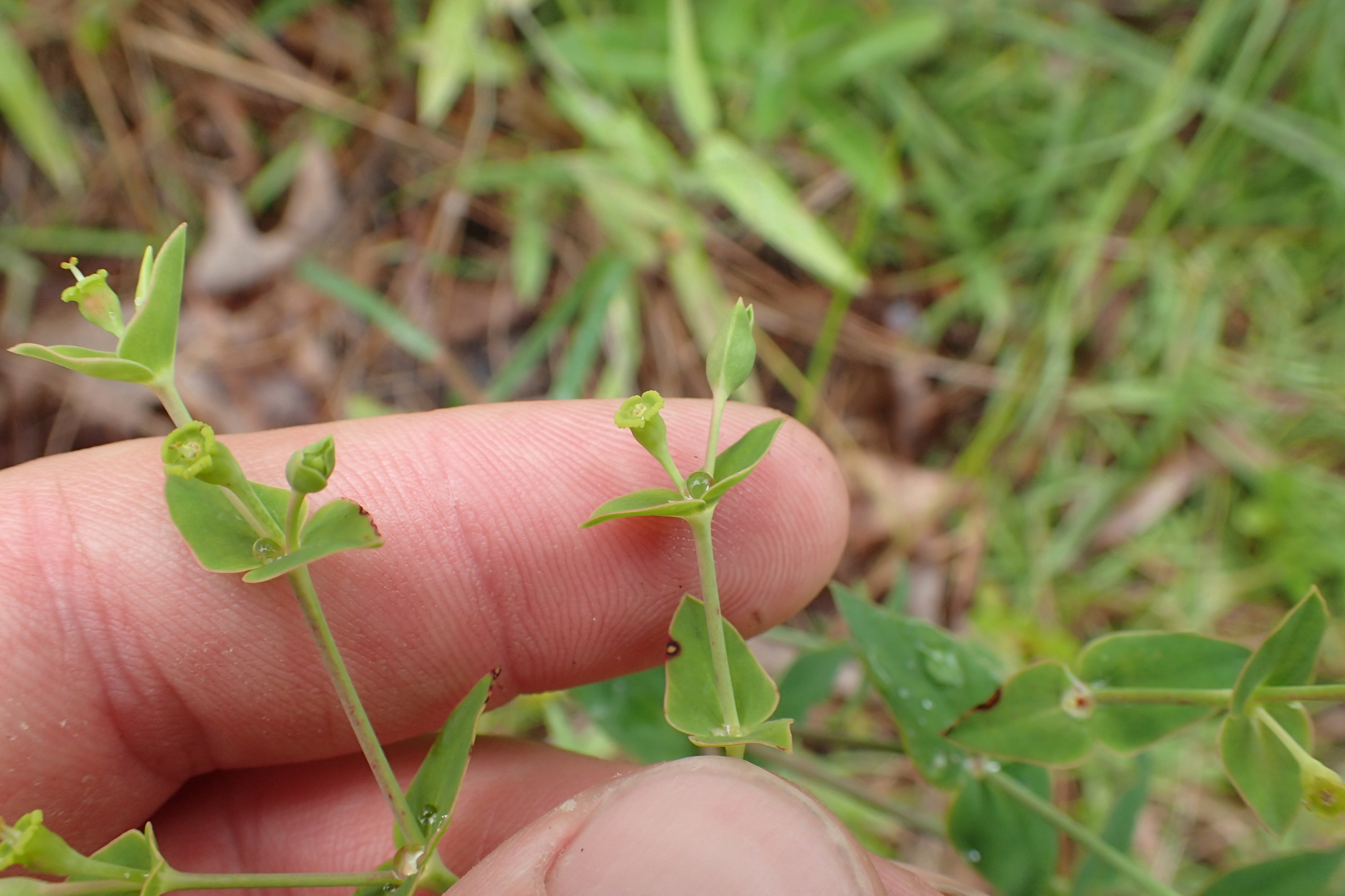
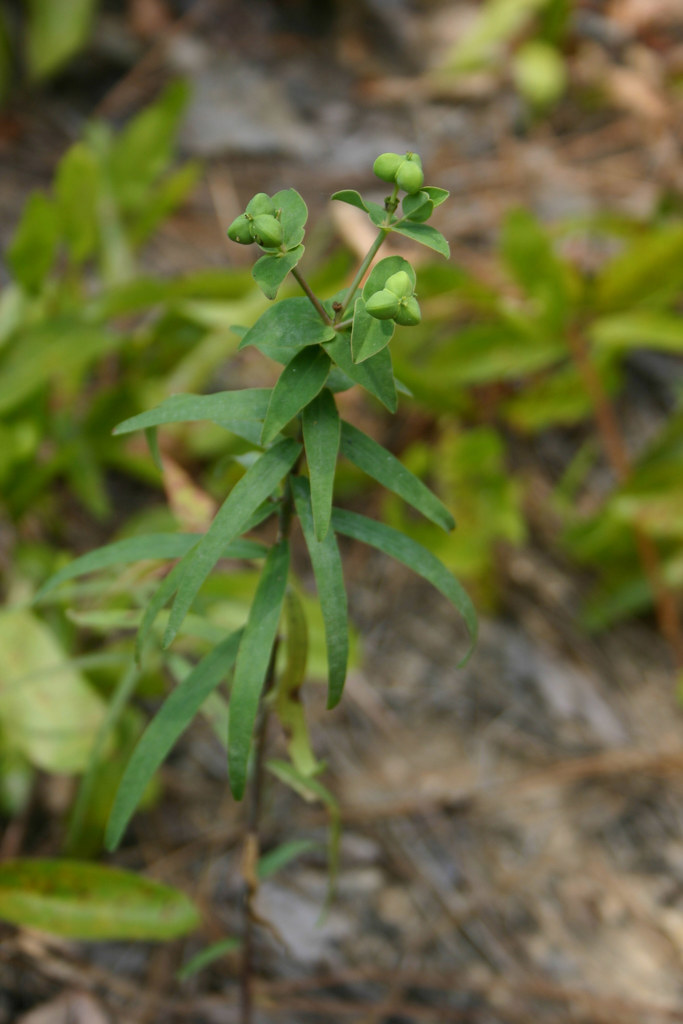
Photo credit: Andy Newman (left), Alvin Diamond (right).
Euphorbia rosescens
With E. telephioides, characterized by broad leaves less than 6 times their width. It differs from E. telephioides by its larger cyathia and geography. According to FNA, "...a narrow-endemic, gap-specialist known only from the southern portion of the Lake Wales Ridge in Highlands County." Photos and additional information can be found at Atlas of Florida Plants. Also see a picture of the the Holotype, which have leaves that strongly resemble E. inundata.
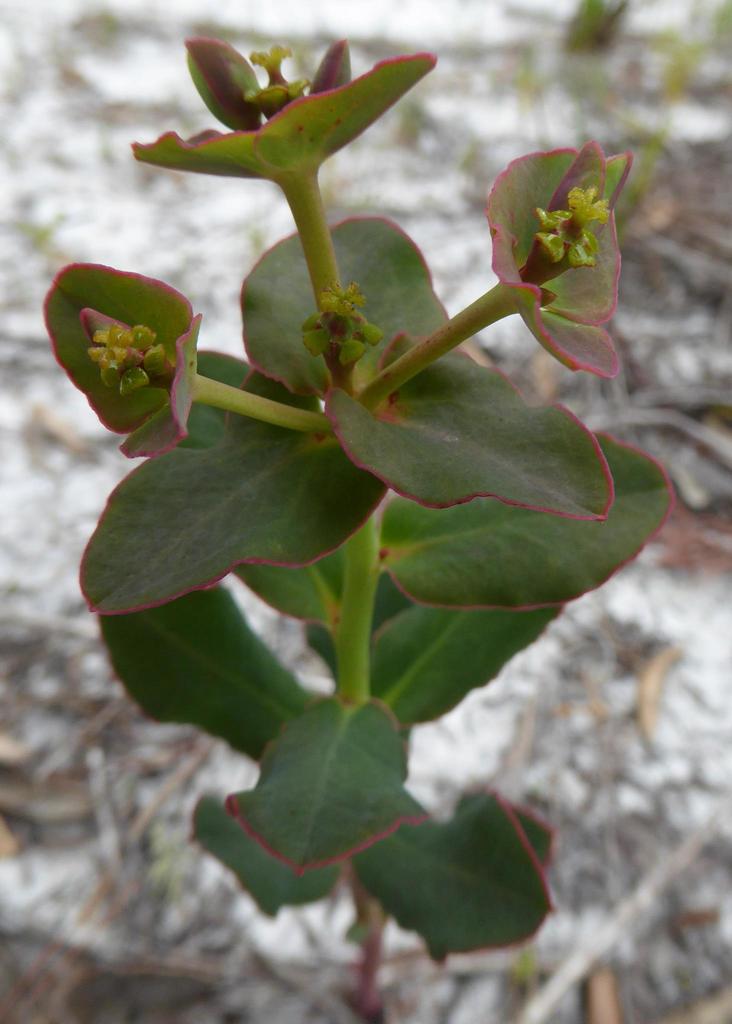
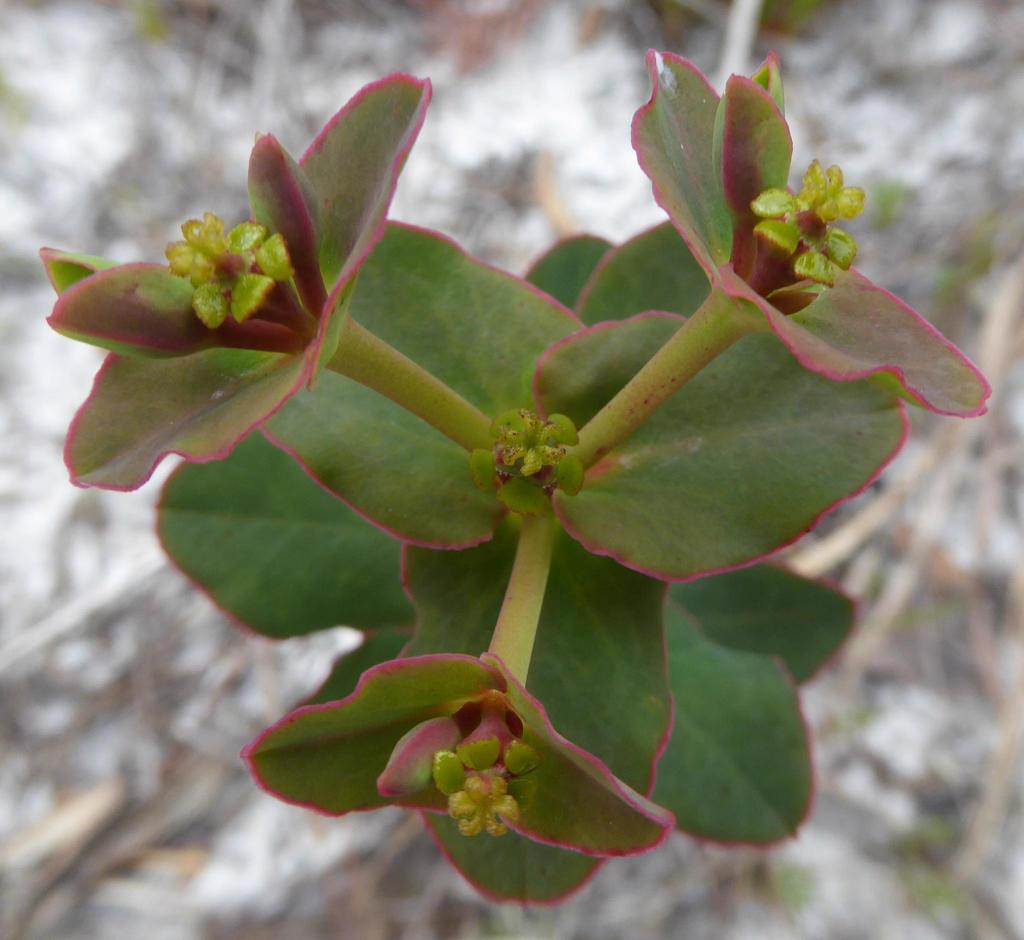
Photo credit: Edwin Bridges
Euphorbia telephioides
With E. rosescens, characterized by broad leaves less than 6 times their width. It differs from E. rosescens by its smaller cyathia and geography. According to FNA, "...known only from Bay, Franklin, and Gulf counties in the Apalachicola region of the east-central Florida panhandle." Photos and additional information can be found at Atlas of Florida Plants.
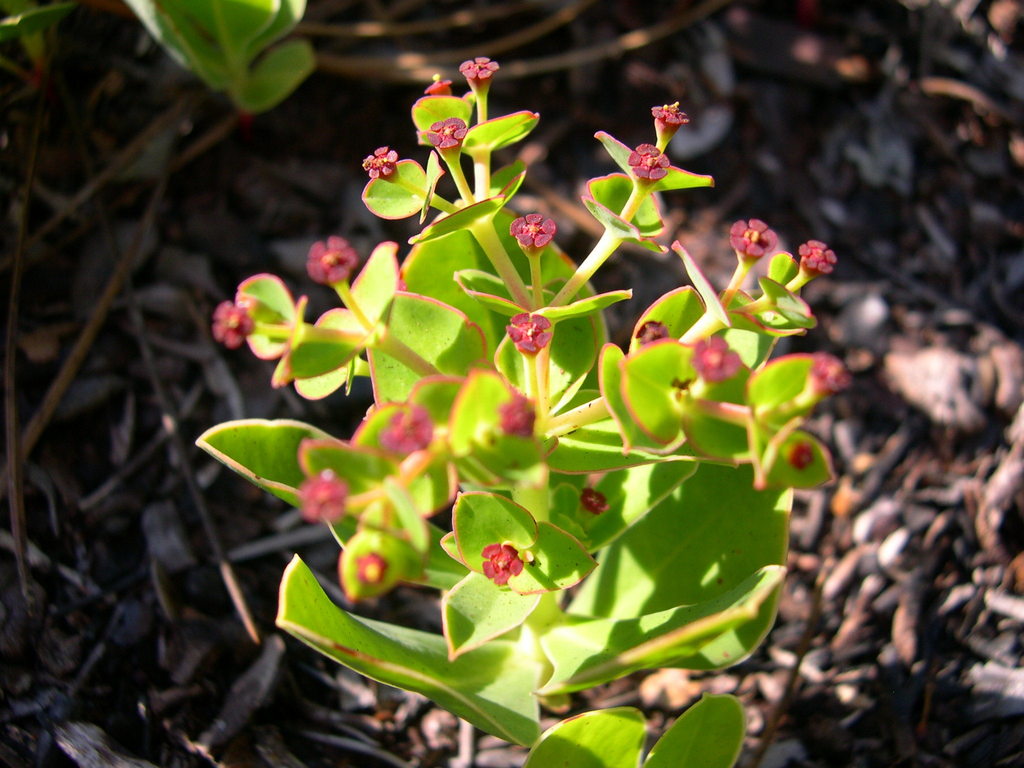

Photo credit: Edwin Bridges (Observation 1; observation 2)
Sources:
Euphorbia (Euphorbiaceae) Section Tithymalus Subsection Inundatae in the Southeastern United States
Flora of North America
Atlas of Florida Plants




